Often I speak with other photographers and share photos and photo projects. For a long while much of that conversation was about technical issues: lighting, editing, composition. Most people I might share comments with across social media seem to focus on composition. That’s why there are mostly single images on social network groups and seldom photo projects. Even during critiques in art school, where I majored in painting, we didn’t talk so exclusively about composition. Instead, we talked about ideas. But when it comes to photography technical issues seems to be what everyone thinks photography is about. Unlike in art school, these technical issues are topic number one. Most contemporary photographers do everything they can to eliminate composition as an issue (read Baltz on this topic). They change their aspect ratio to square, focusing singularly on the subject as “object,” print multiples and hang them side by side, or use words in a photographic work. Most of the other technical stuff, colour, brightness, focus, sharpness, contrast is handled in post by an assistant. Most well-known photographers these days don’t print their work, but there are exceptions, especially those who shoot and print in black and white. But since color came into the photo printing has become very technical. I would say most of the topics you read on social media are not topics that are of serious concern to most serious fine art photographers.
So at some point, I finally started telling people I’d like to talk about other things. Not composition, not settings, not Lightroom or Photoshop. (Although many of us still need to get some technical help from others.) I wanted to know why you took this image, or why I like this image, maybe talk about what the image means. Basically, why is this a meaningful photo? However, I found myself lacking the vocabulary to discuss these photos in a manner they deserved. To develop that vocabulary I tried several things, I reread Zen and Motorcycle Maintenance because it was about being focused, mindful, and having deep knowledge about what you are focused on…all I did was discover Zen and Motorcycle Maintenance was best left in the 70s. Then I tried reading Pirsig's Metaphysics of Quality book - Lila: An Inquiry into Morals. I got more and more confused. Now I’m trying to figure it out by thinking about the quality of my own work and the work of other photographers I respect. I’m just looking closely. Trying to develop a vocabulary. I still have no answers, just a path I’m following. I need more experience than I have in the history of photography to be able to talk about photos like I can talk about painting. I need to see things in a bigger field of view.
What I’m Photographing:
Last week I worked on some late spring photos. I’m in a rush because there is little left to take photos of “late spring.” By late spring I mean that short period when the structure, the bones of the woodlands and forests, are still visible because of the lack of leaves. This structure and bones are only visible with some effort on the part of the photographer and viewer. This is all due to the small, yet colorful, new growth on the trees, underbrush, and plants. It’s as if the forest has a curtain of light camouflage covering it. It’s a moment that doesn’t last long. Some branches and twigs are of a different color from last year, some evergreens have distinct areas of new growth, and the underbrush is sprouting new leaves, some flowers, and new twigs may or may not be following the outline of last year’s growth and may be an entirely different color.
At any rate, I’m trying to get out with my camera in hand before the trees are again covered in green, take some pictures, and think about what I’m doing and why. Not the technical details, the details about purpose.
While my interest in these trees is focused on their structure, I am still always taken by something else. A sense of quiet, a sense of change. For a short period, you can see the immediate moment, have a sense of what things were like a few weeks ago, and imagine both last year’s growth and what is coming. The past, present, and future, all at once.
While the woodlands seem dynamic, they also have, because of this feeling of past, present, and future, a sense of stillness and emptiness to them. People are missing, and you feel this loneliness. There is an odd silence. It is tangible. Taking photos this past week I felt particularly alone. Even though it is spring, the images were still, at the same time, about life and death, past and present, present and future.
To prepare for a day of taking photos and thinking about the process of taking photos I often look through books, mostly photo books by photographers like Robert Adams, especially books focused on landscapes, trees, and cottonwoods in particular. I then often do the same when I return home from the shoot. Today, after getting back from my shoot I took American Silence: The Photographs of Robert Adams, as well as a couple of photo books by Alec Soth, out of the bookshelf, not so much to look at the images but the go through their essays. I was wondering what other people taking these familiar landscape photos were thinking.
I’m satisfied with the photos I took, and how they look and present the subject, but I find myself very affected by this sense of being alone in the woodlands while taking them, and now, while looking at them. I’m looking for a way to explain what these images are about, and why I took them in the first place. I feel it’s important, as an artist, to understand these things and be able to express them.
Robert Adams is known for his poignant images capturing the American West and his own “relocation” from one place of comfort to another place. In his work he often portrays a sense of isolation and solitude. Grouped, but isolated, cottonwood trees on empty, little-used roads, new houses clustered together in the high desert, together, but also very separate and isolated. A single figure of a woman through a window of a new home that seems to be nowhere in particular. His work reflects on the quietude of suburban landscapes and the alienation that can accompany modern life. I look at this image and see a new home, with a yard….all looking and feeling like it’s situated on an empty planet. Isolation often moves us to a place of painful introspection. And I take not that I wrote, “looking and feeling.” They go hand-in-hand.
Adams has spoken about how photography allows him to communicate his observations about the world, including themes of loneliness and disconnection. I get these same feelings in these woodlands where we come across a few scattered remnants of structures, some concrete pads that buildings once stood on, some upright concrete support beans and a few more small complete concrete structures with so much removed from them, gutted, you no longer can even guess at their purpose or history. Trees and walkways are not grounded in the soil, but sprout from unsued tarred roadways, what must have been a parking and working area, and a sense of this woodland once being a vibrant “city yard” full of trucks, equipment, and materials. Gone.
After looking at Adams’ work and reading through one of the essays I look at some writings by Alec Soth, perhaps one of my favorite photographers. I appreciate his photos as well as his videos about taking images and even enjoy his tendency to“over-share” his feelings of loneliness, personal isolation, and depression.
Like me, he uses documentary-style photography, particularly in series like "Sleeping by the Mississippi" and “Songbook,” to explore the social landscape of America. His subjects are almost always one step from the mainstream of things. They are often isolated, as he often finds himself. His images are characterized by their emotional depth and usually reflect the universal experience of loneliness. Looking at his work leaves me feeling connected in a small way at least to one person.
While out in the woodlands I often worry about accidentally running into one of Soth’s subjects who wanted, a bit too much, to “get away from things.” This worry leaves me hypervigilant, listening and watching for signs of anyone else in the woods, and carefully avoiding them. I sometimes wonder what that says about me.
I carry a sonic alarm and other “defensive tools” with me whenever I go. I worry as much about people as I do about bears.
So I find myself asking “What exactly am I doing here taking these photos?” “What’s the end goal?” I wonder, “Am I one of those isolated people in a photo by Robert Adams? Or a recluse avoiding contact like a subject in one of Soth’s documentary works?”
I know this: Neither Adams nor Soth is famous for their use of composition, catching “the decisive moment,” or being clever or funny. Their works are not about the rule of thirds, nor about finding the most picturesque scene possible or the best lighting. They are not about “awe.” They are about the truth of the experience documented in the photo. They are about loss, sadness, love, remembering, forgetting, connecting and loneliness.
As the morning stretched on I walked for a few kilometers in the woods. After being redirected by several signs, first warning me of flooding on the pathways in the bog and then one warning of “environmental hazards” ahead due to a train derailment along the path, I see someone coming my way in the distance. I turn around quickly heading back remembering the tone of the “Pathway Closed” signs. After a time a cyclist rushes by me. So, I worried too much about what was ahead. It wasn’t a guard or park ranger of some sort but evidence the pathway was actually clear to follow. I then notice the sun is no longer helping but deterring my ability to take images. The day is done too early. I return to my car and turn on the radio and rejoin society in some small way. I stop for some take-out food, a breakfast muffin with egg, on the drive home, and when I get home I pick up those books about Adams and Soth and take another peek at what I found on the edges of things.
……………………………………………………………………..
My favorite video about Robert Adams
Alec Soth on Loneliness in Silicon Valley:
https://www.sfmoma.org/watch/alec-soth-photographs-loneliness-in-silicon-valley/
About Loneliness: An Article from the New Atlantic
https://www.theatlantic.com/ideas/archive/2023/08/hillary-clinton-essay-loneliness-epidemic/674921/
A very important video for me is Alec Soth’s piece called “Do you want to know the story behind the picture?
Training in understanding emotions is available free with almost any Willy Nelson CD. Your choice.


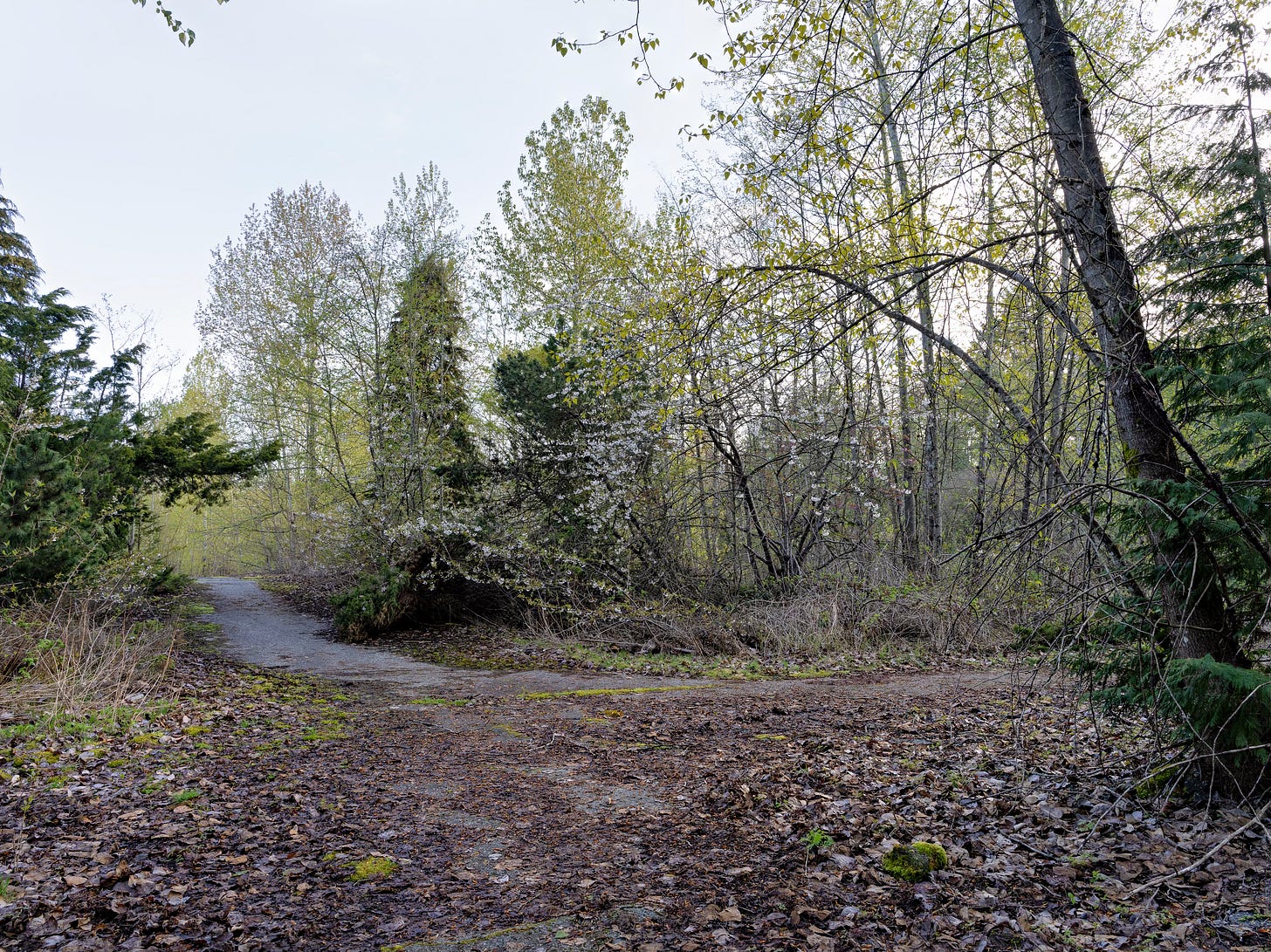
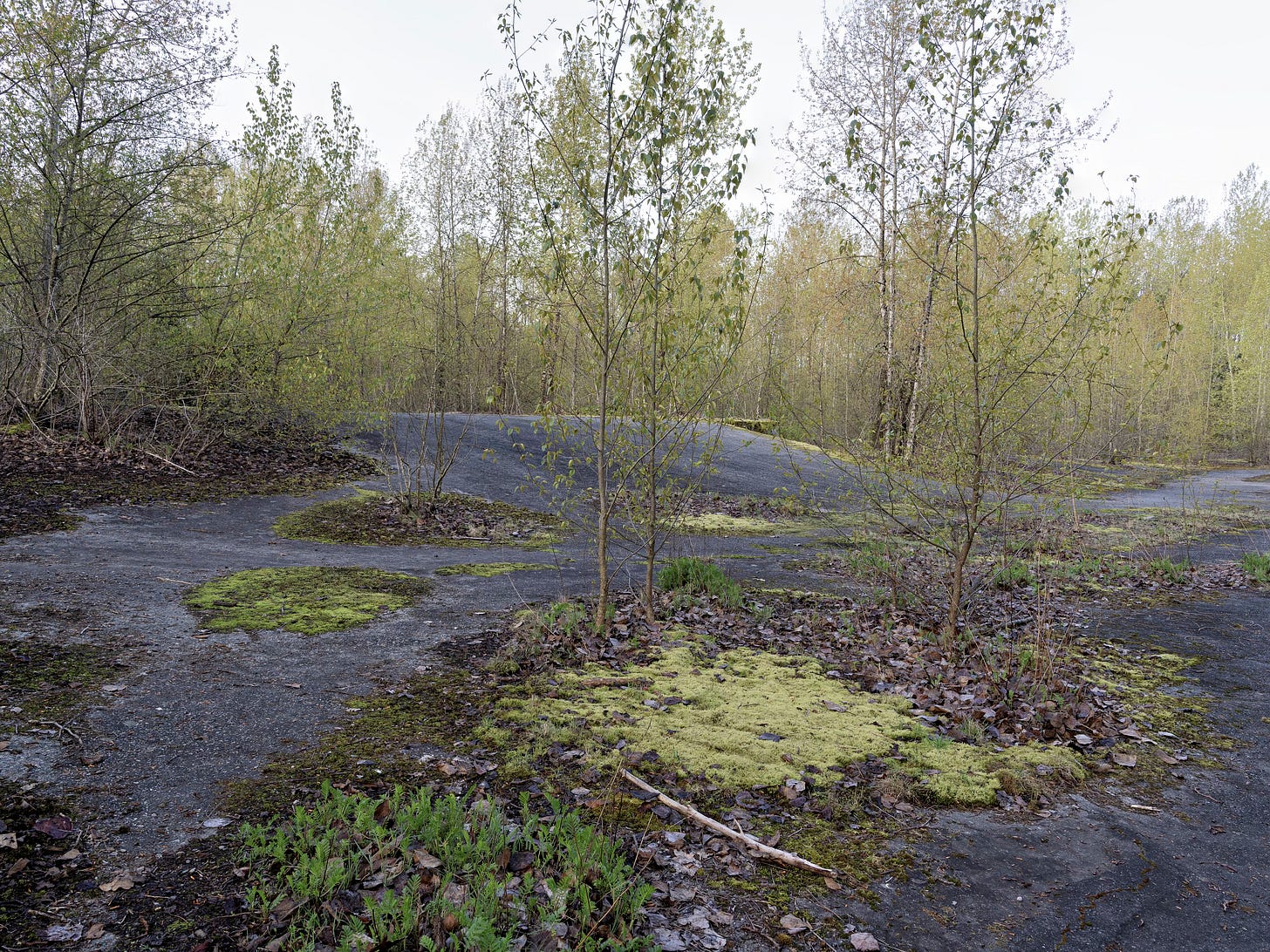
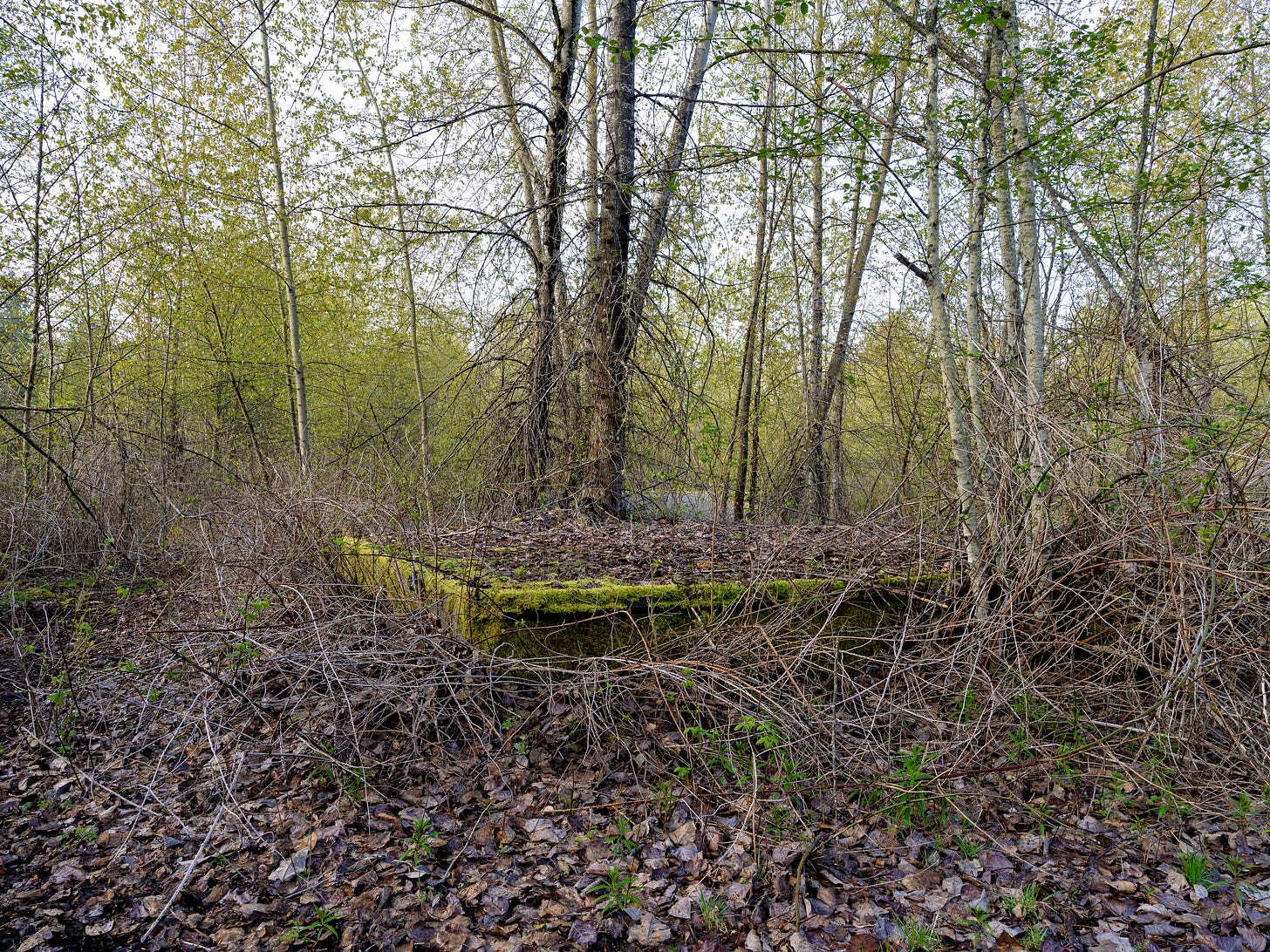
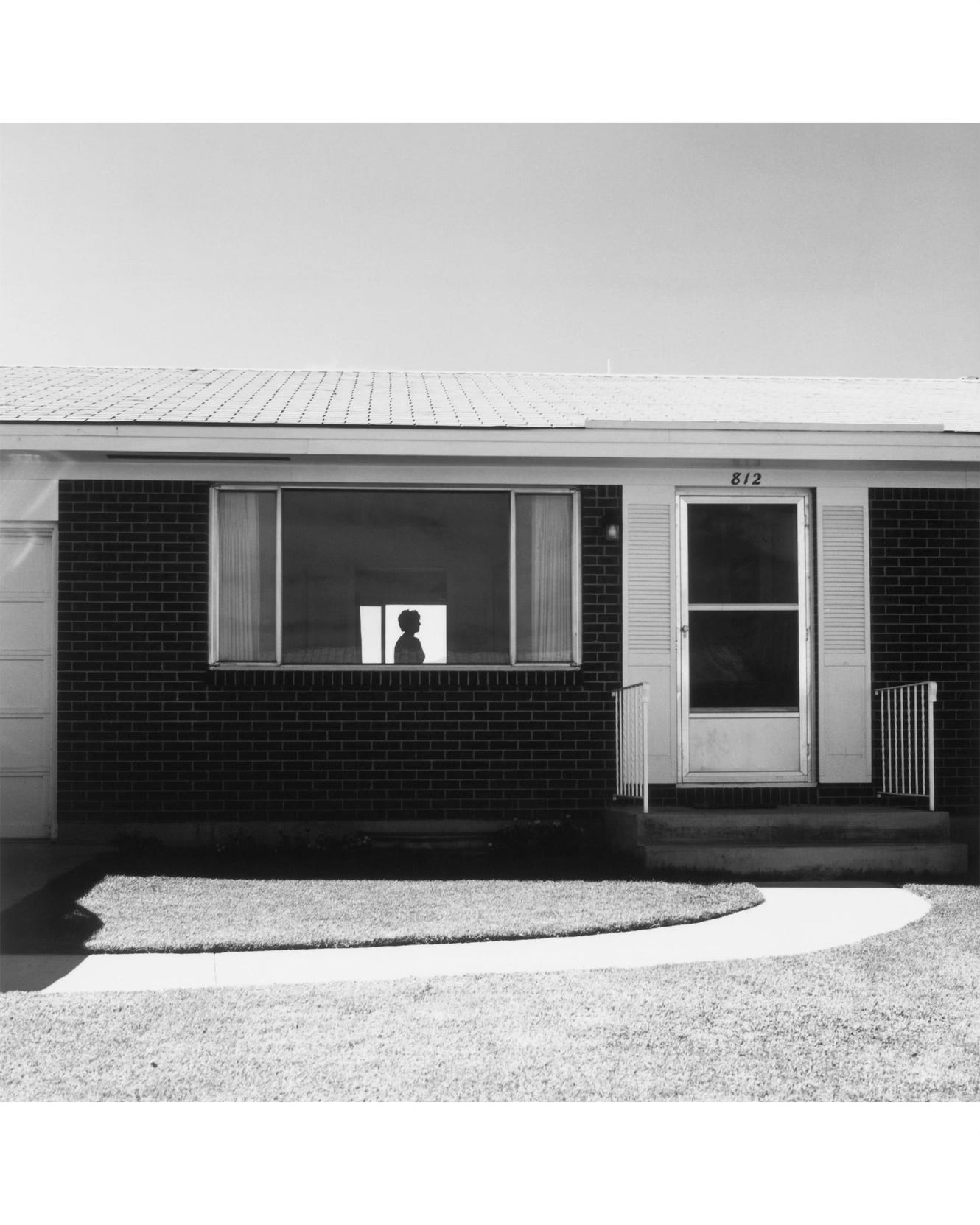
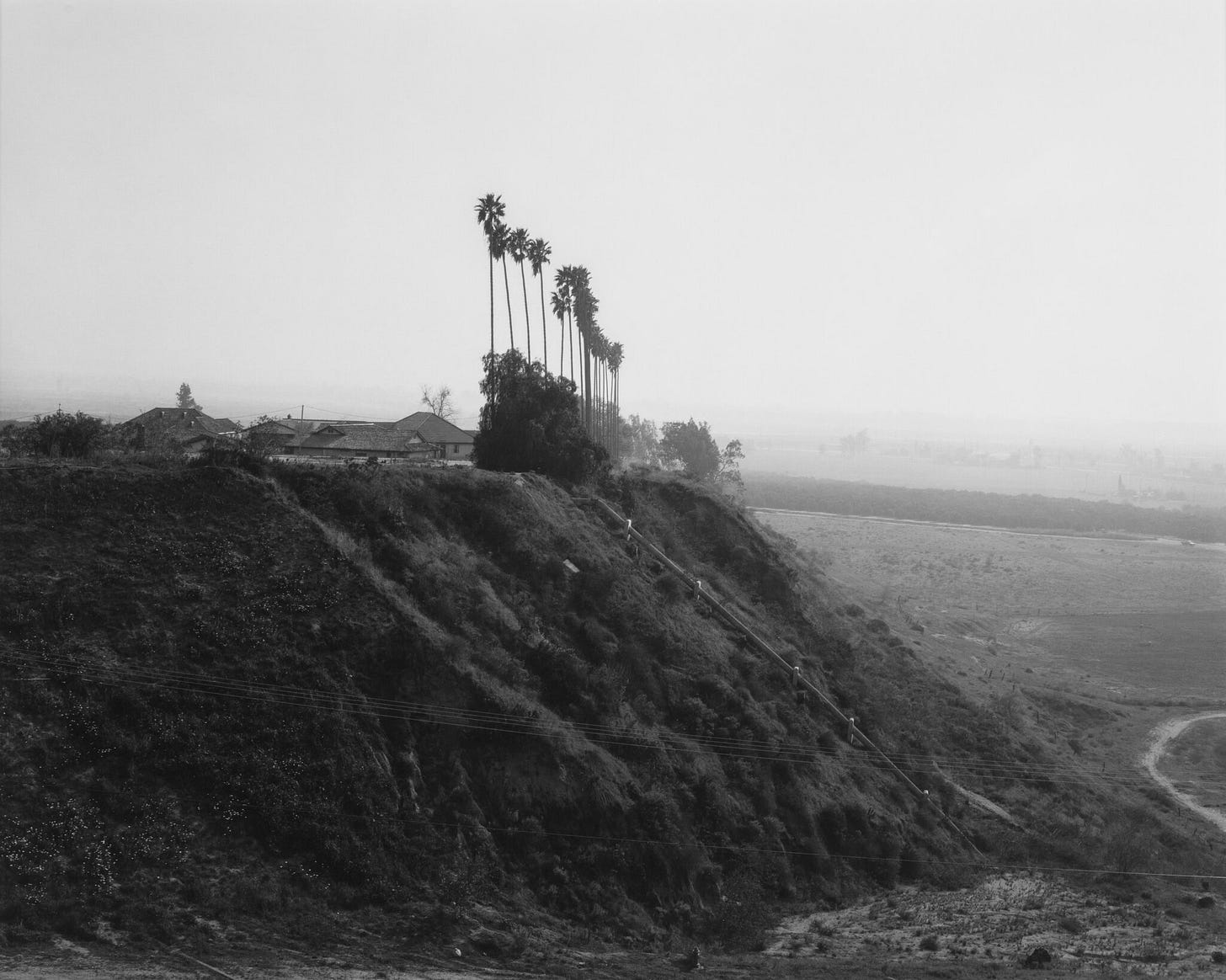

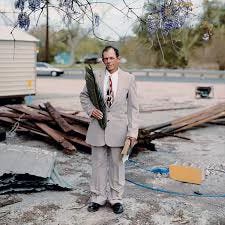

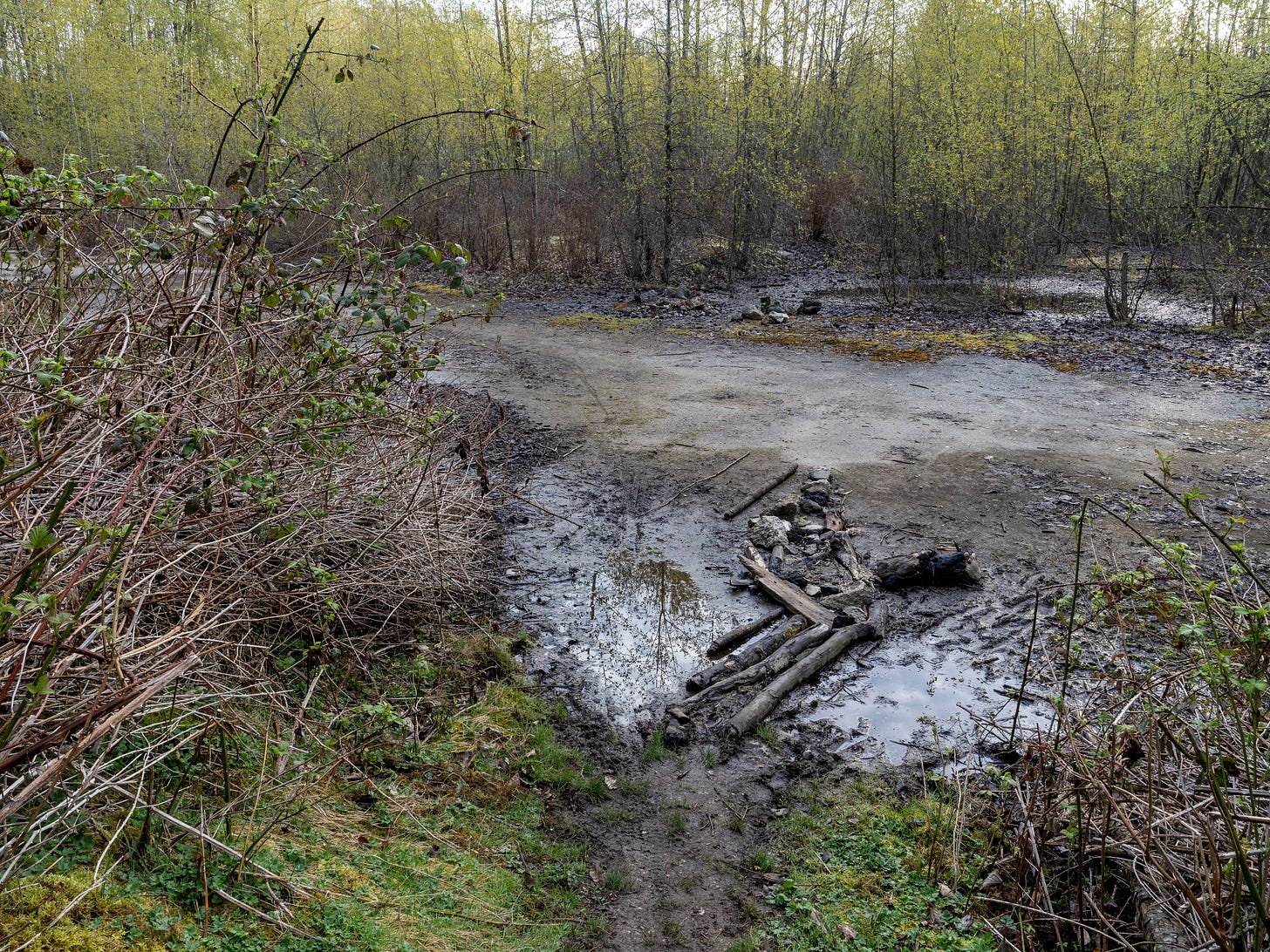
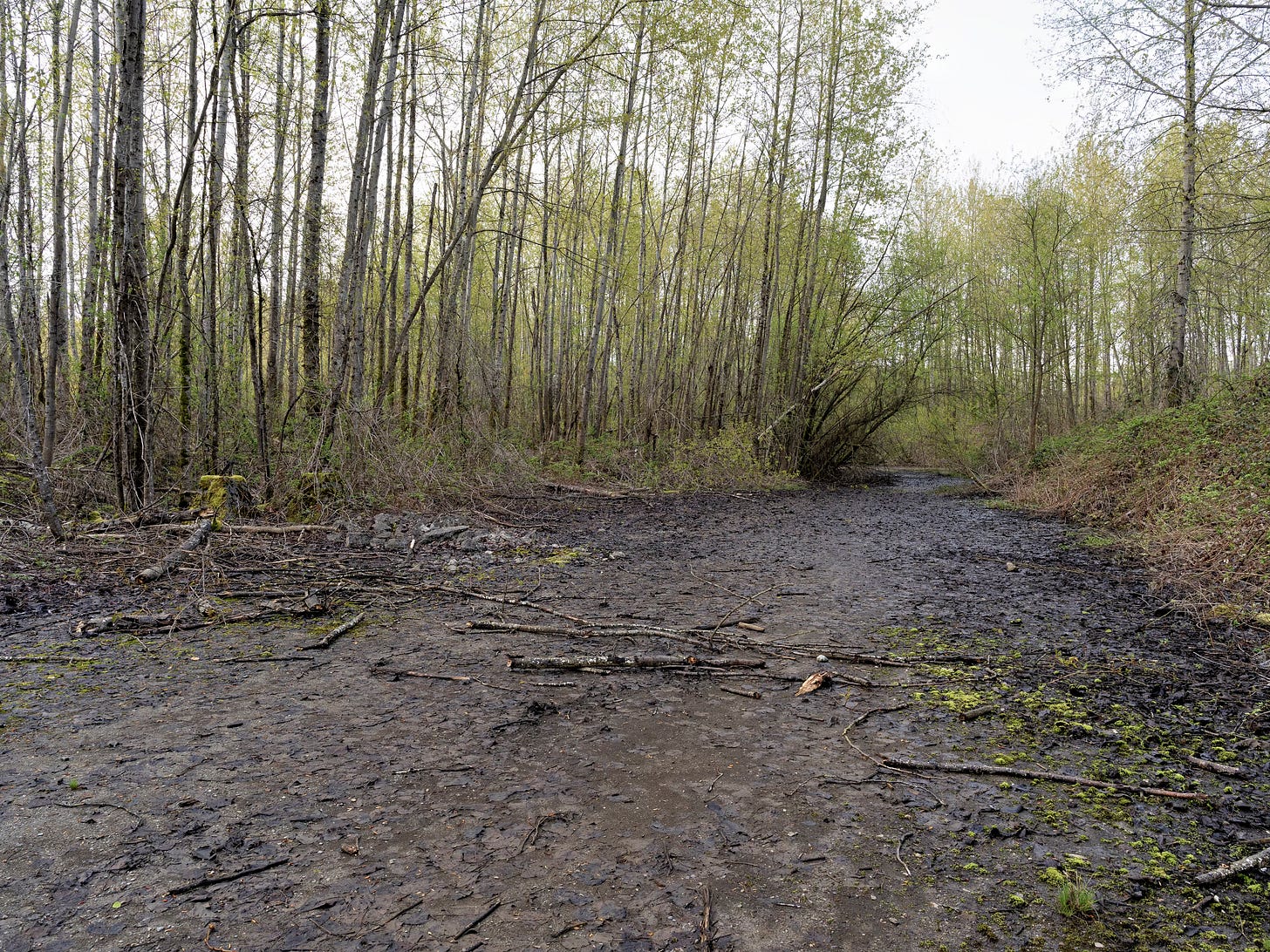
A beautiful and serene read. More so than other mediums photography is an art form that seems to attract more people due to the technical aspects as opposed to the art of it. I certainly found that appealing initially. It almost frames taking a photo being a solvable problem; which although a seemingly appealing concept, removes a lot of the meaning.
Love this piece, meditating on the philosophy of photography - asking what emotions do a set of images evoke is more satisfying than delving into the technical specs